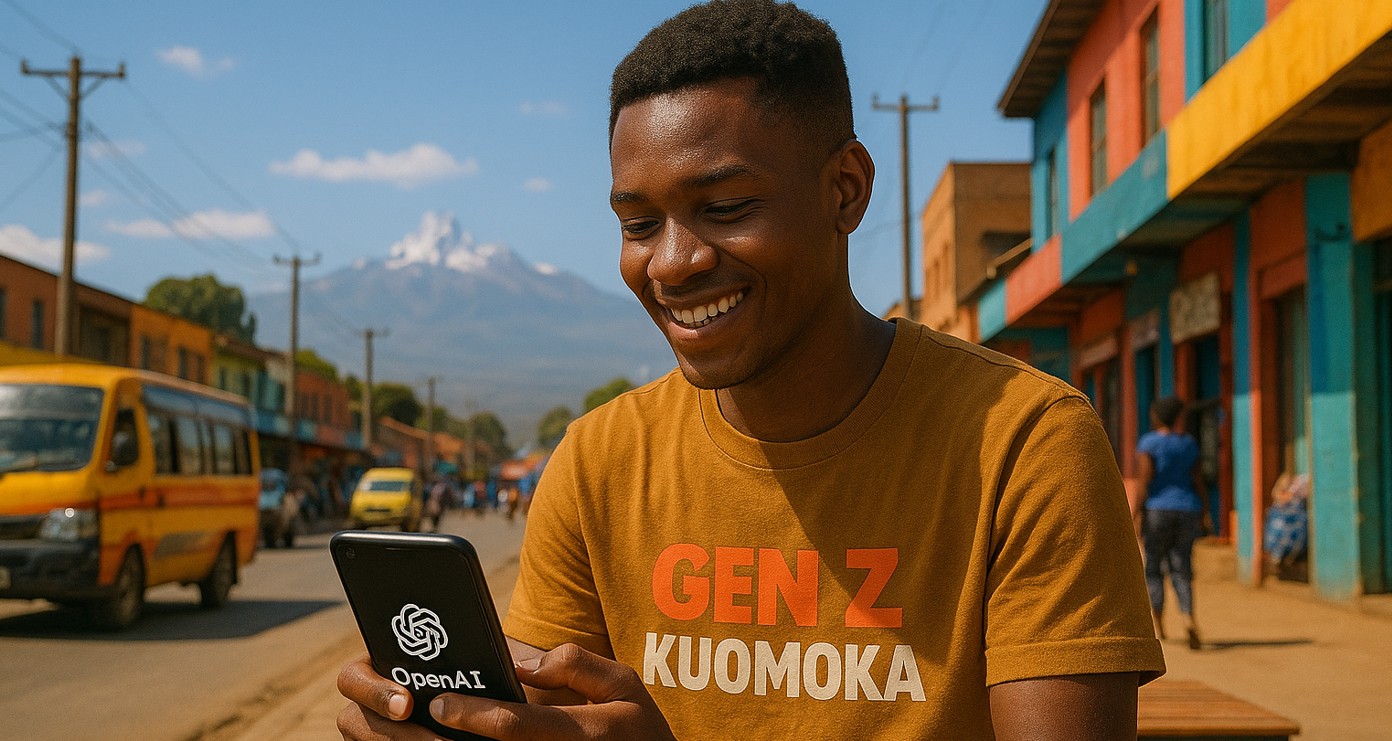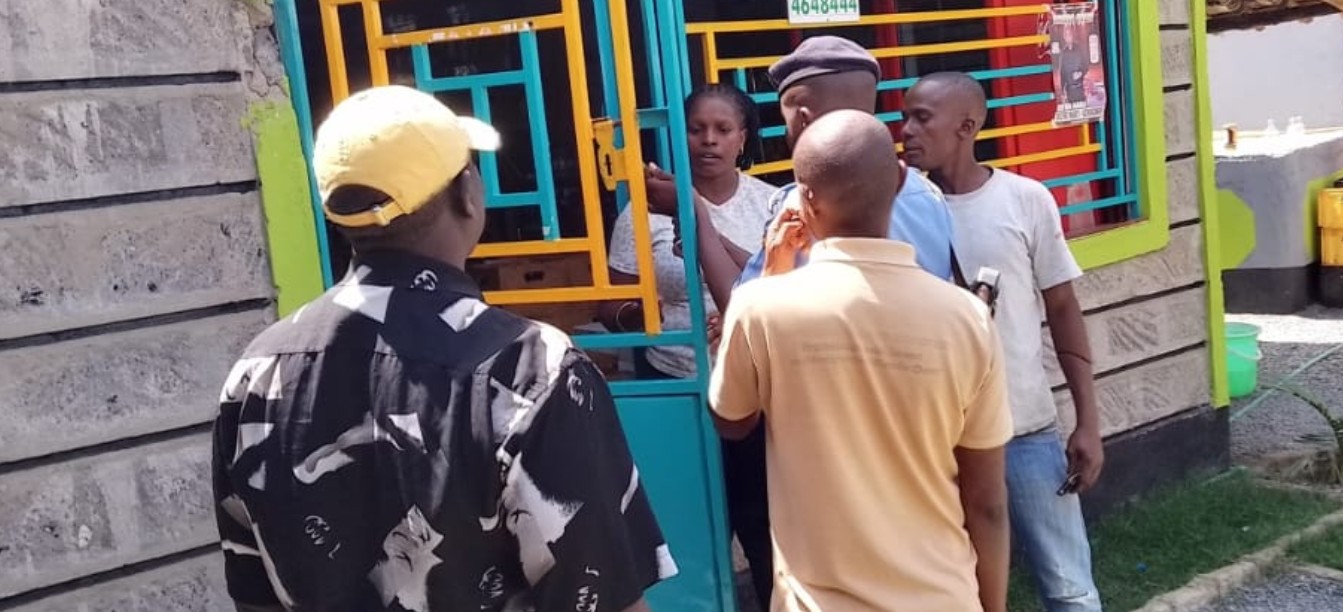Why vintage silverware and cutlery are making a stylish comeback in Kenyan homes
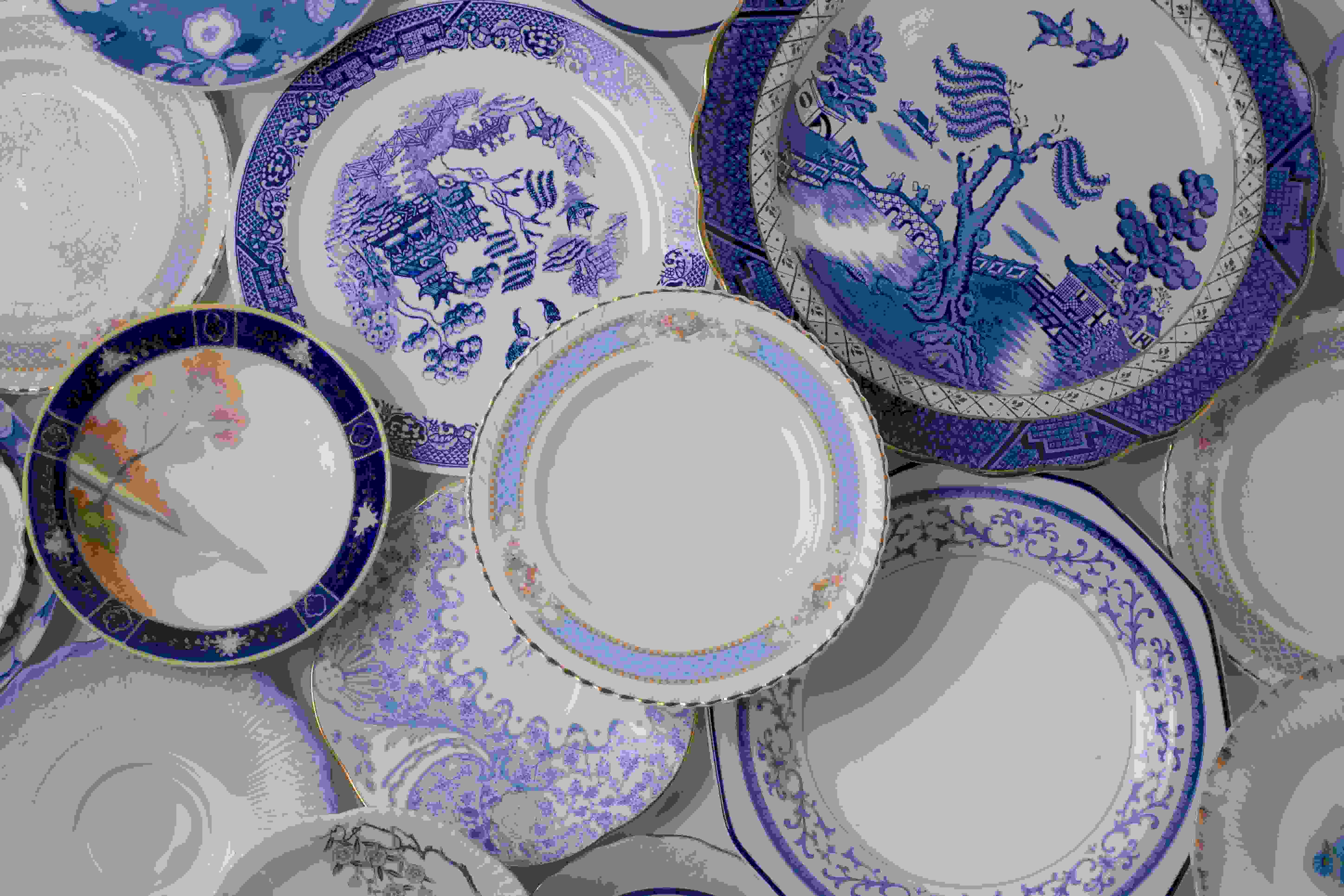
What was once dismissed as 'ushamba', old-fashioned and outdated, is now being celebrated for its charm, craftsmanship, and cultural resonance.
The flowery plates and bowls once joked about in our grandmothers’ kitchens are making a graceful return to Kenyan homes—this time, with a contemporary flair.
From TikTok home tours to carefully styled Sunday brunches, vintage dinnerware has shed its dated image to become a vibrant expression of style, sustainability, and cultural pride.
More To Read
- Why some deodorants cost more - and why cheap isn’t always better
- Beyond chlorine: Why your eyes turn red after swimming
- Silk, satin and cotton wool; which pillowcase is best for your skin and hair?
- How to properly clean your fridge to eliminate odours
- Screen time crisis: Experts warn disappearing traditional toys harming children's brains
- More than just fabric: How curtains shape comfort, privacy, and identity in Kenyan homes
Once dismissed as ushamba—old-fashioned and out of touch—it is now being embraced for its nostalgic charm, artisanal quality, and deep cultural resonance.
At the heart of this revival are Kenyan millennials and Gen Z, who are reimagining vintage silverware with a fresh, local twist.
Ornate floral china is now paired with woven kikapu centrepieces, enamel cups double as planters, and heirloom spoons are featured in TikTok videos set to soft, curated soundtracks, creating a blend of past and present that feels both rooted and refreshingly modern.
“I used to hide these plates that my mother gave me when I joined campus,” laughs Akinyi Muthoni, a 29-year-old digital creator from Nairobi. “Now I style my table with them every Sunday and film it for my followers. They love the aesthetic, it’s nostalgic but chic.”
Social media’s role in the revival
Platforms like Instagram and TikTok have become hotspots for vintage inspiration.
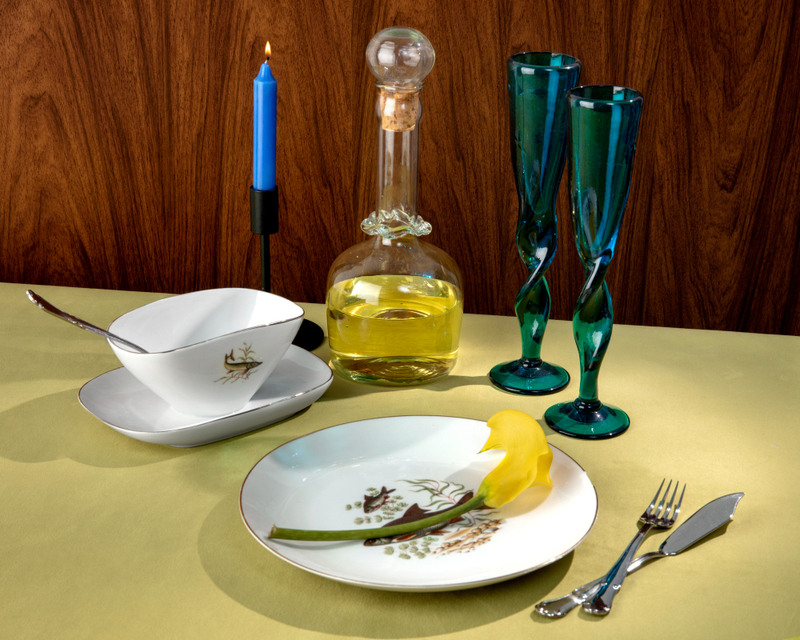 Ornate silverware: (Photo: Freepik)
Ornate silverware: (Photo: Freepik)
Hashtags like #exuk, #thriftfinds, #thrifting #smegkitchen and #Vintage are gaining traction, filled with images of mismatched plates, candlelit dinners, and local touches.“It’s a vibe,” says TikTok creator Sam “Njoro” Njoroge.
“You mix your cucu’s cutlery with a modern linen runner, light some candles, throw on Sauti Sol, and suddenly dinner is an experience, not just a meal.”
Why vintage now?
The vintage revival is driven by more than aesthetics. It speaks to deeper desires: for connection, for sustainability, and for a sense of belonging in a fast-paced digital world.
“There’s something comforting about eating from a plate that’s been in the family for decades,” says Esther Wambui, a ceramic artist and vintage enthusiast on TikTok.
“It reminds us of where we come from. And it keeps waste out of landfills. It has made me go an extra mile and go to Ex-UK shops, and Gikomba on weekends to thrift.”
Indeed, the environmental appeal of vintage is undeniable. With growing awareness of the downsides of fast home-ware, cheap, mass-produced, and often disposable, many Kenyans are turning to thrift markets, flea markets in Gikomba, and online vintage curators for pre-loved items that last.
Not just for cucu anymore
The revival also challenges stereotypes about what is fashionable.
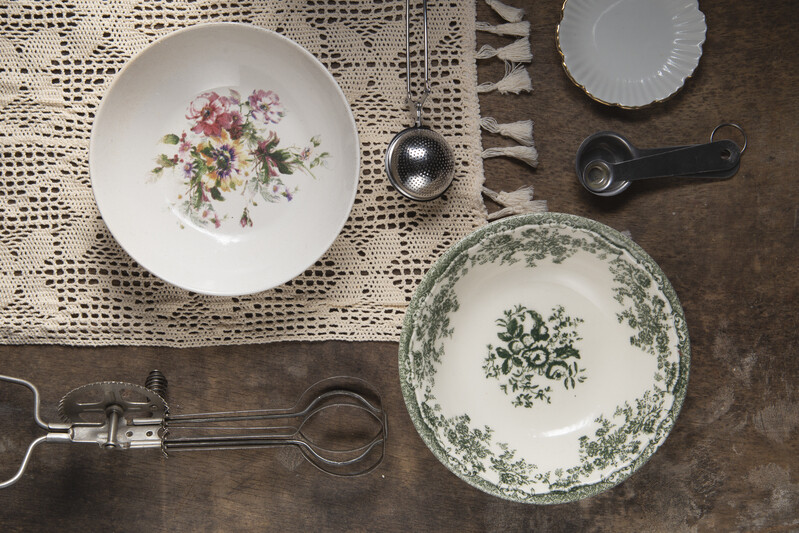 Silverware laid out on a crochet mat. The 'old school' pieces are making a comeback. (Photo: Freepik)
Silverware laid out on a crochet mat. The 'old school' pieces are making a comeback. (Photo: Freepik)
Where once vintage dishes were tucked away in cabinets, today they are proudly displayed, even celebrated. Younger Kenyans are blending old and new, mixing 1950s porcelain with modern decor for an eclectic, personal look.
“This is no longer just for grandmas,” says Clara Wanjira. “It’s for anyone who wants to infuse meaning, beauty, and history into their everyday meals.”
Someone like Forevermoe on TikTok is a great inspiration. If you also want to get newer plates and cups, Kamukunji and Eastleigh have many options to choose from.
As Kenyan households reimagine the way they gather, cook, and dine, vintage tableware is proving to be more than just a nostalgic accessory; it is a statement.
Top Stories Today

